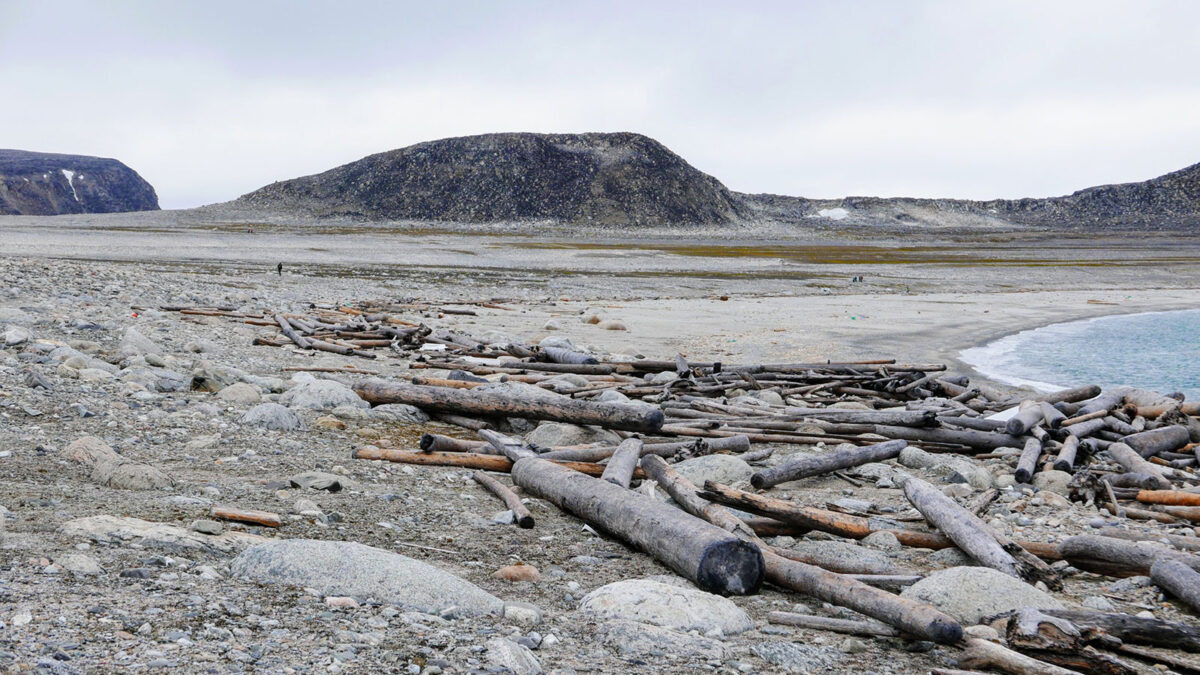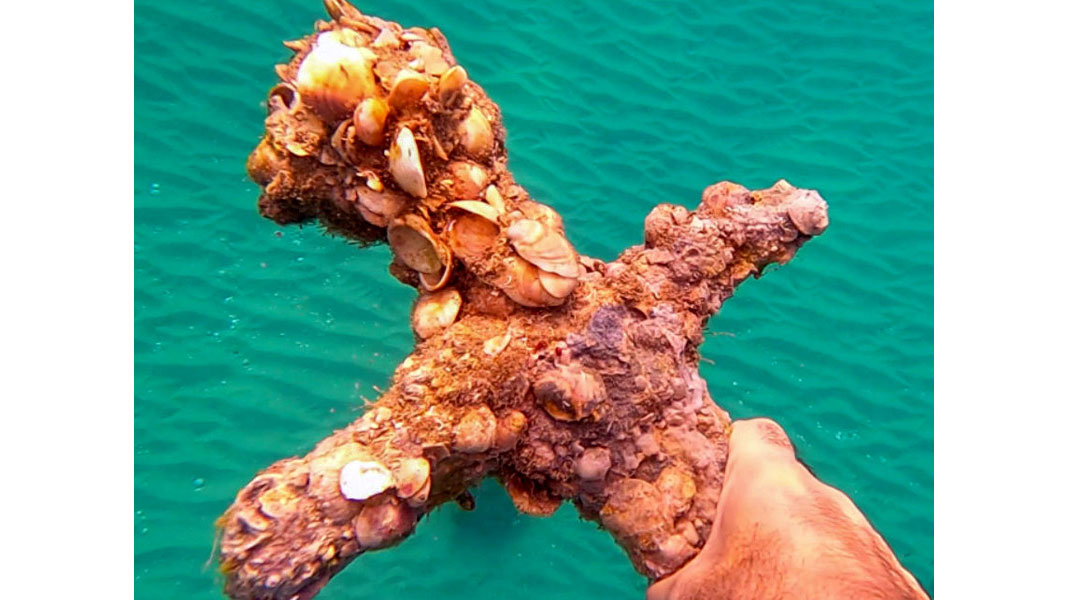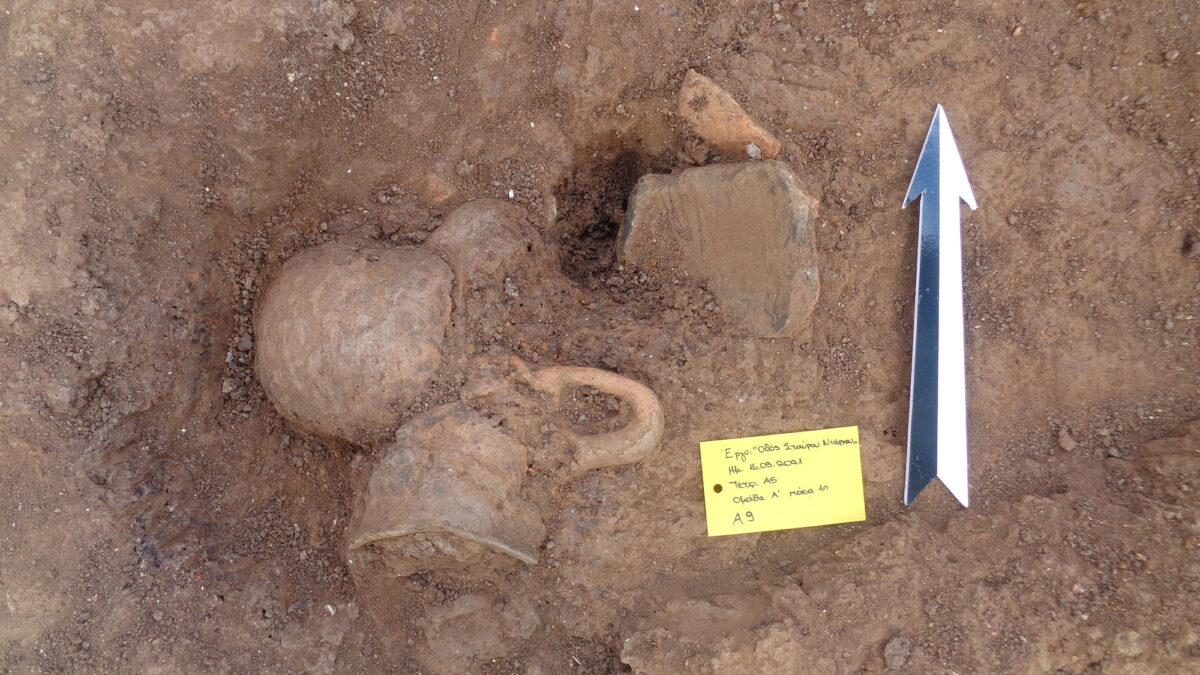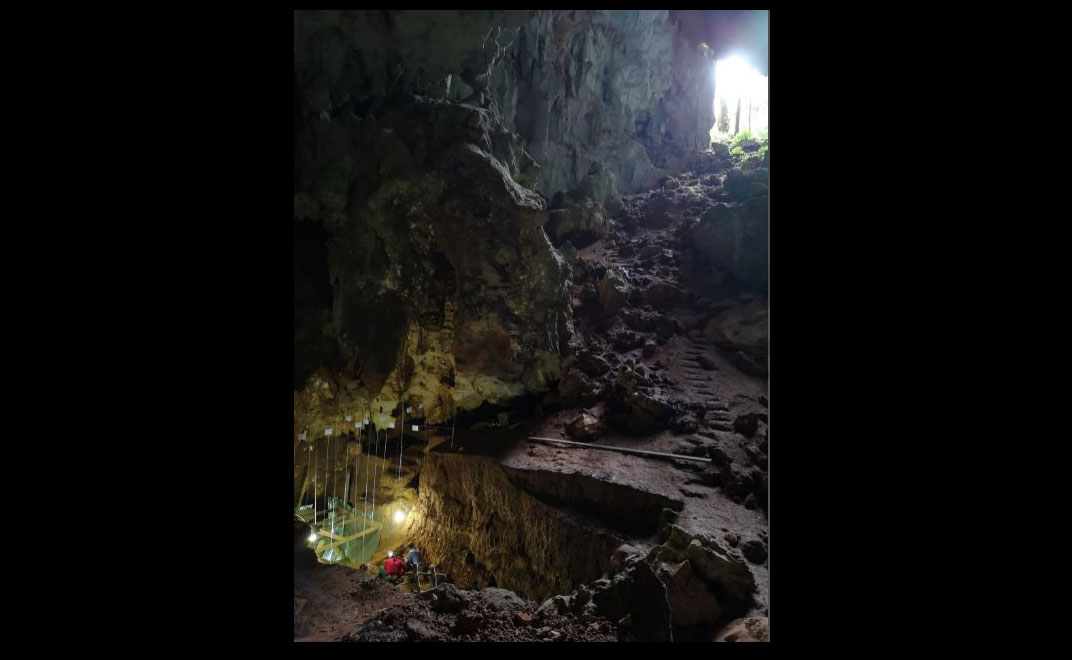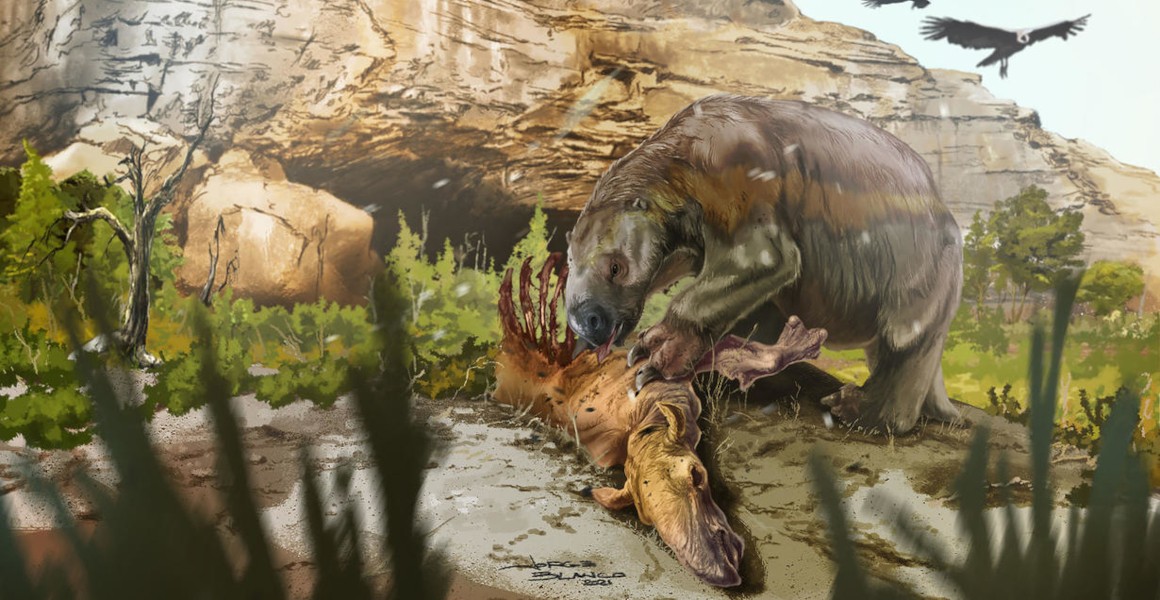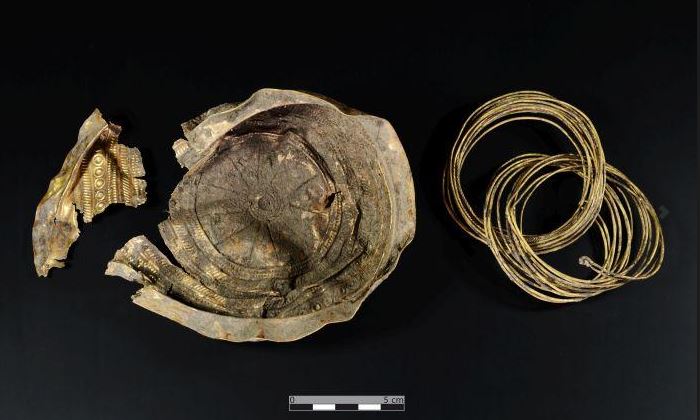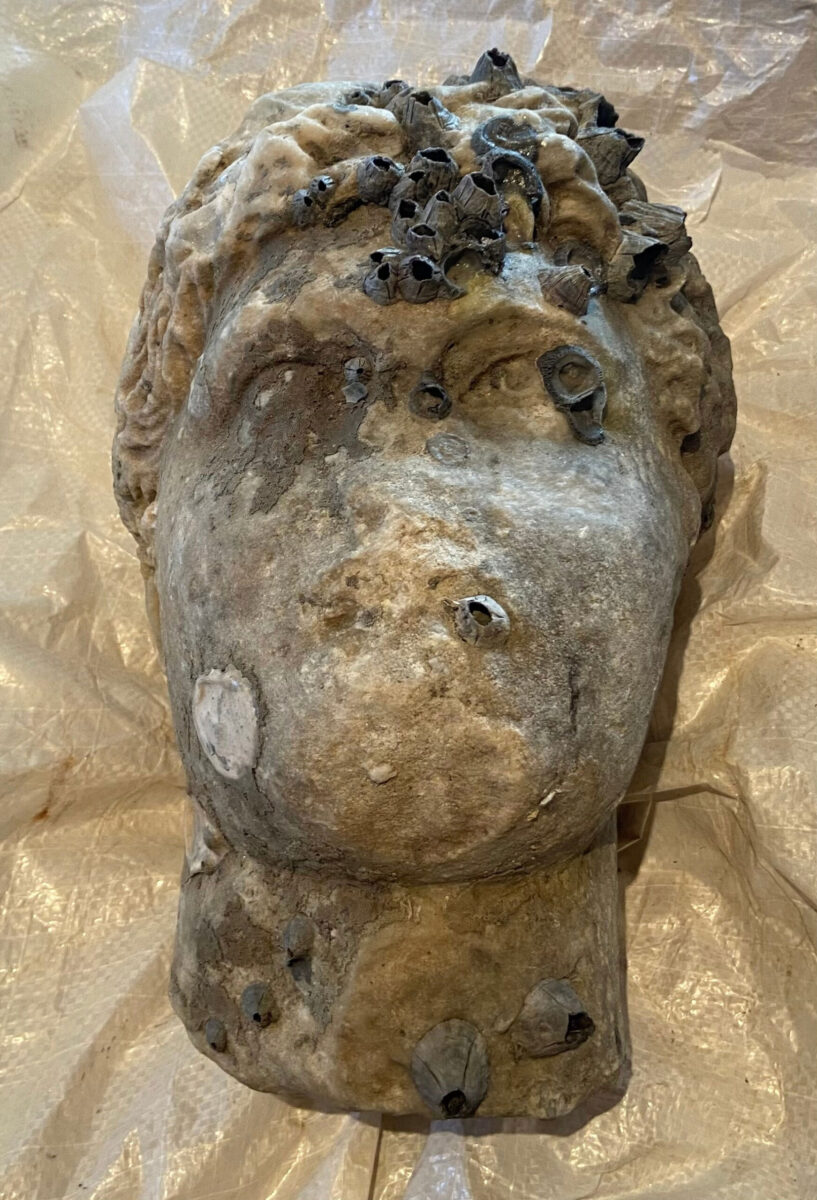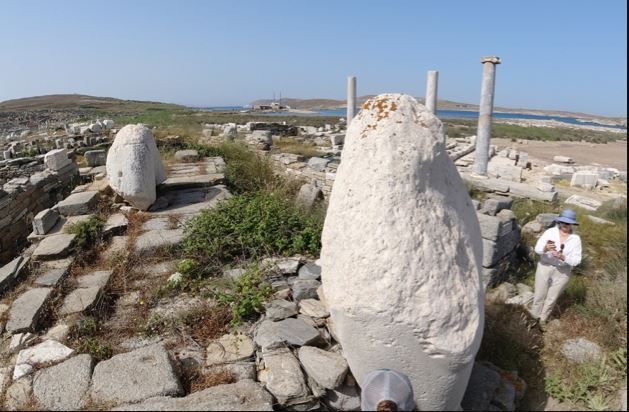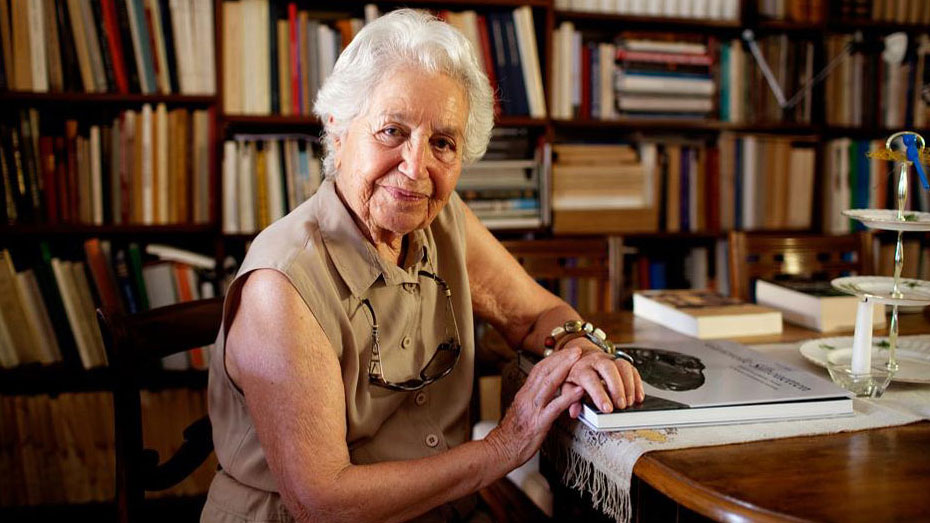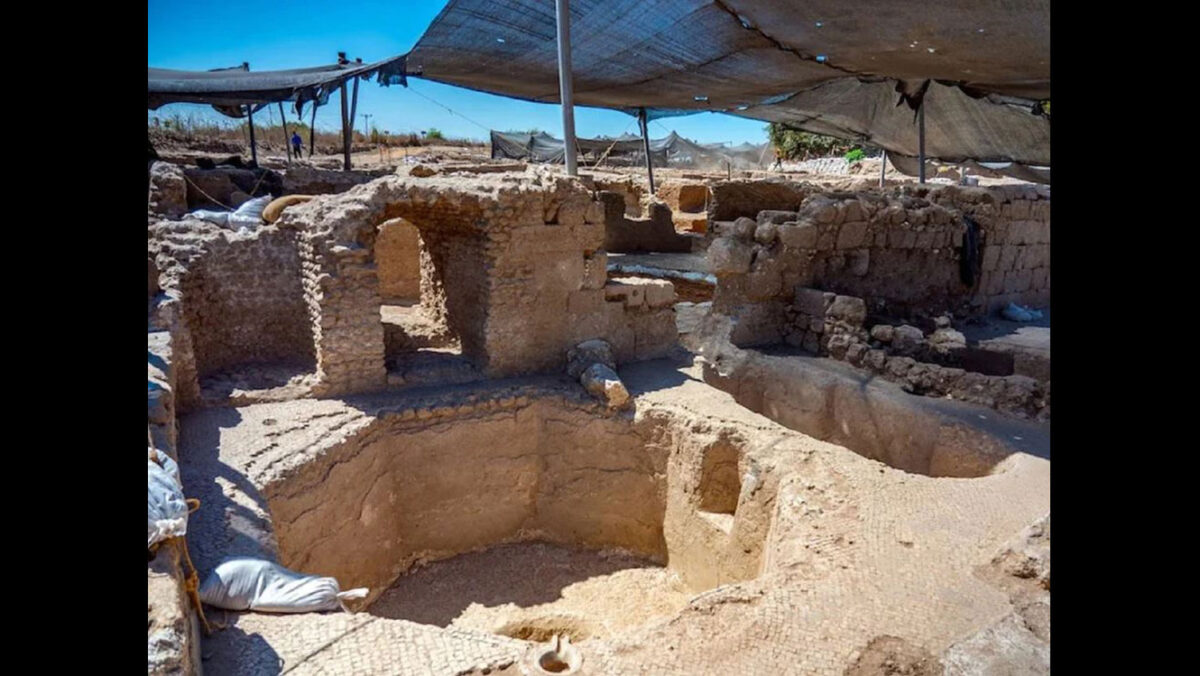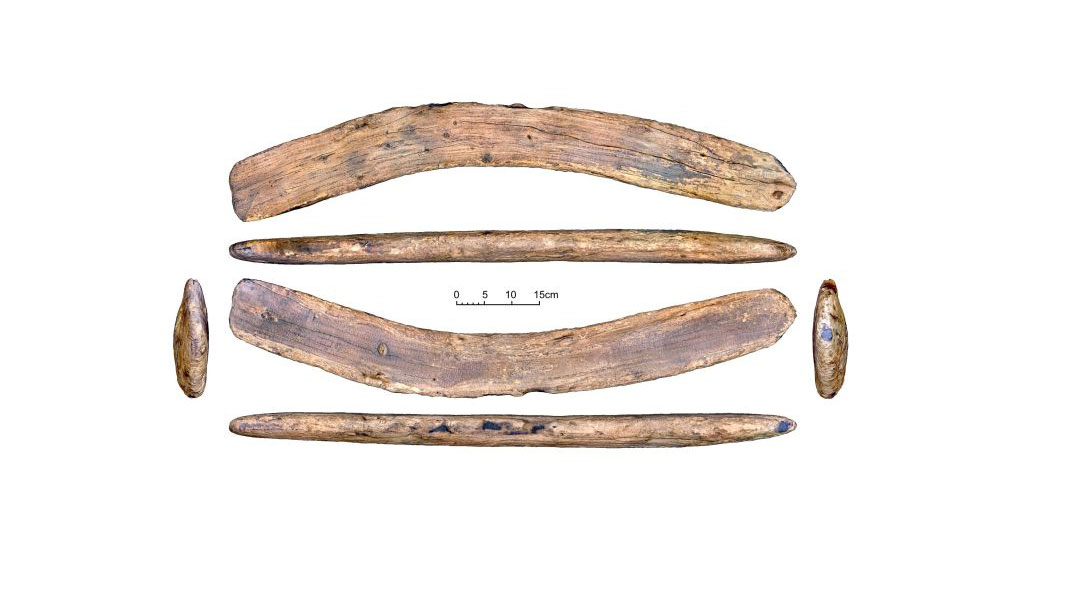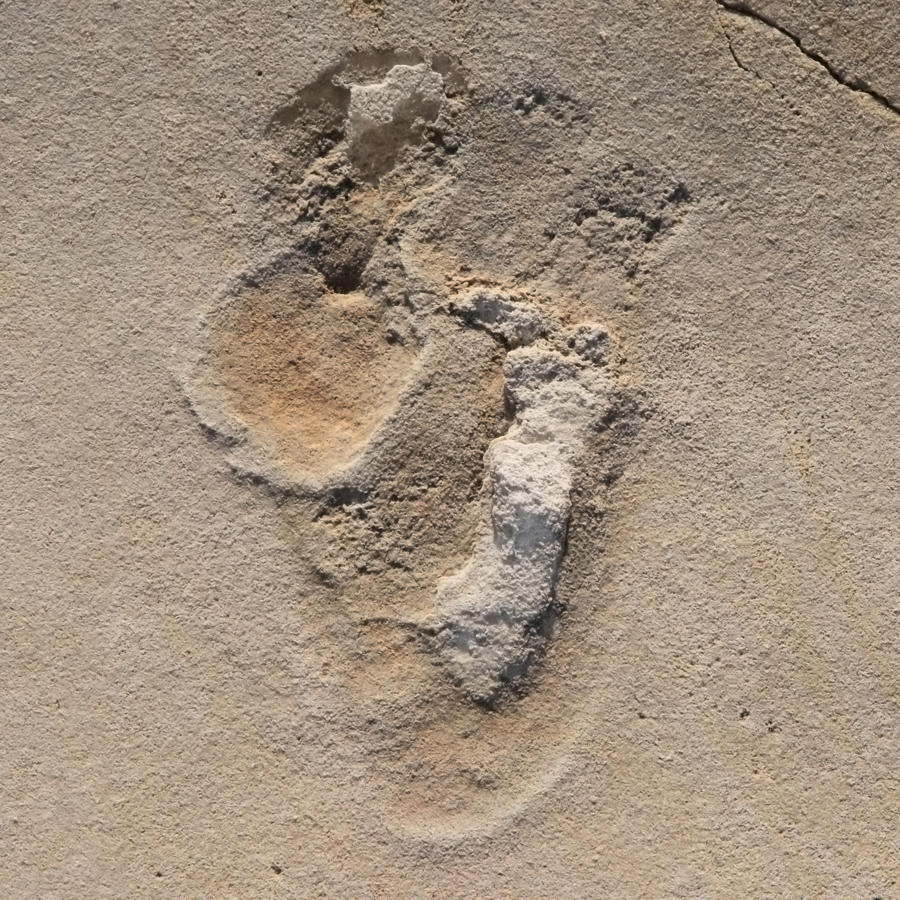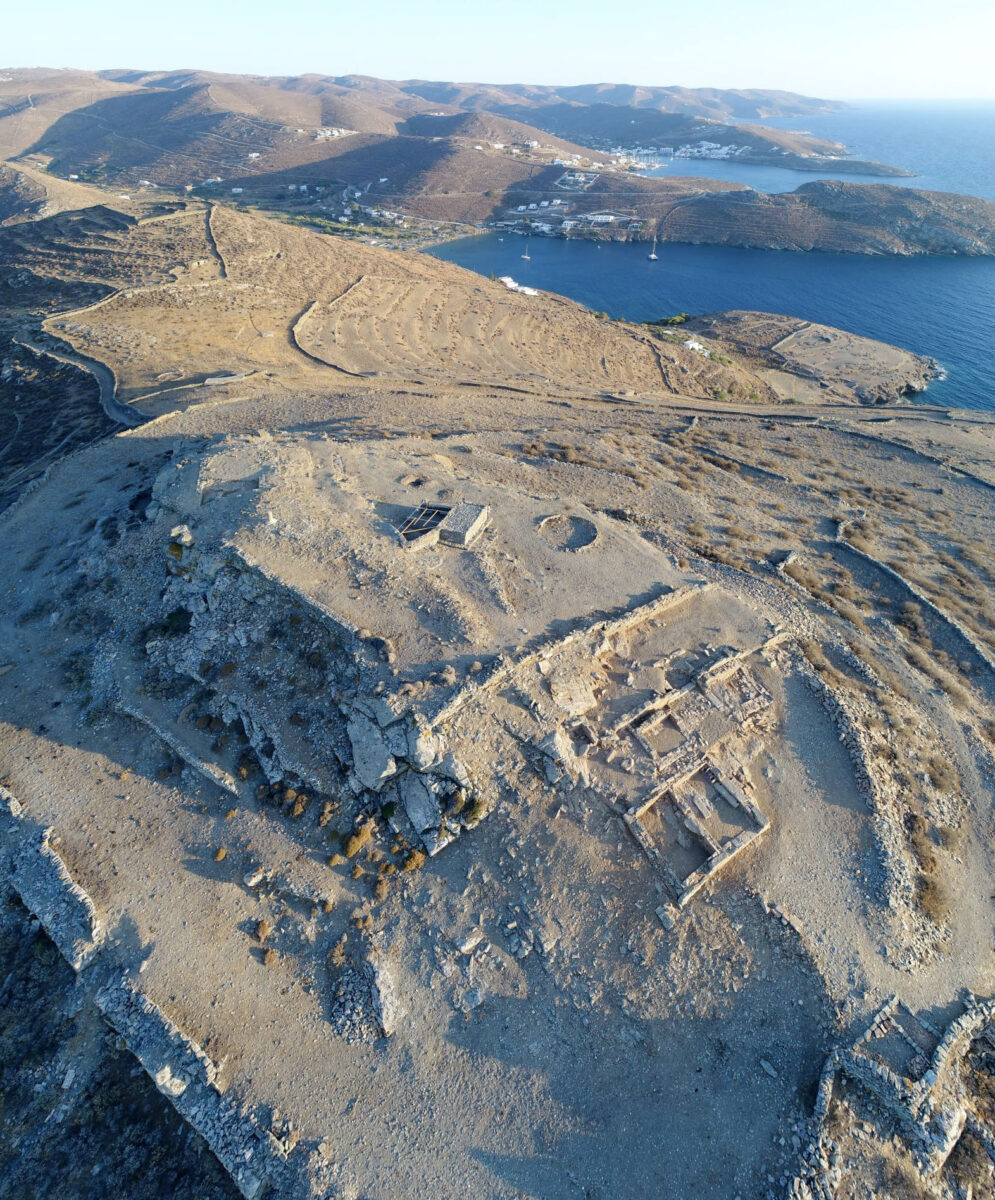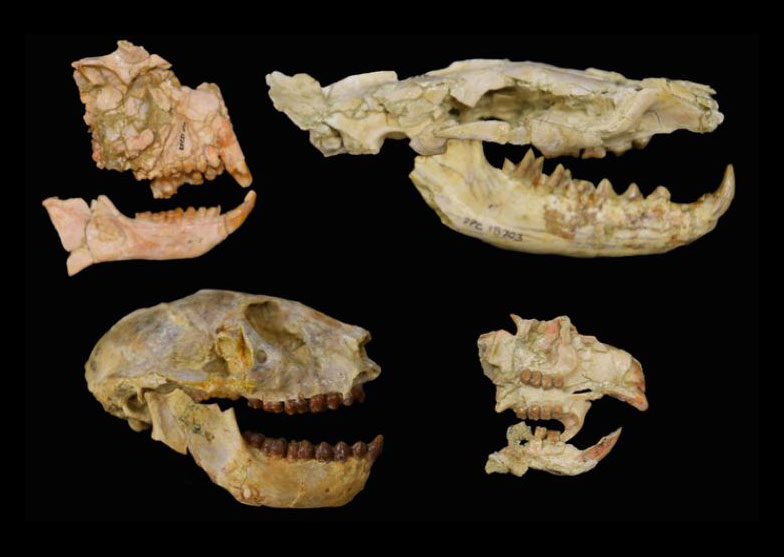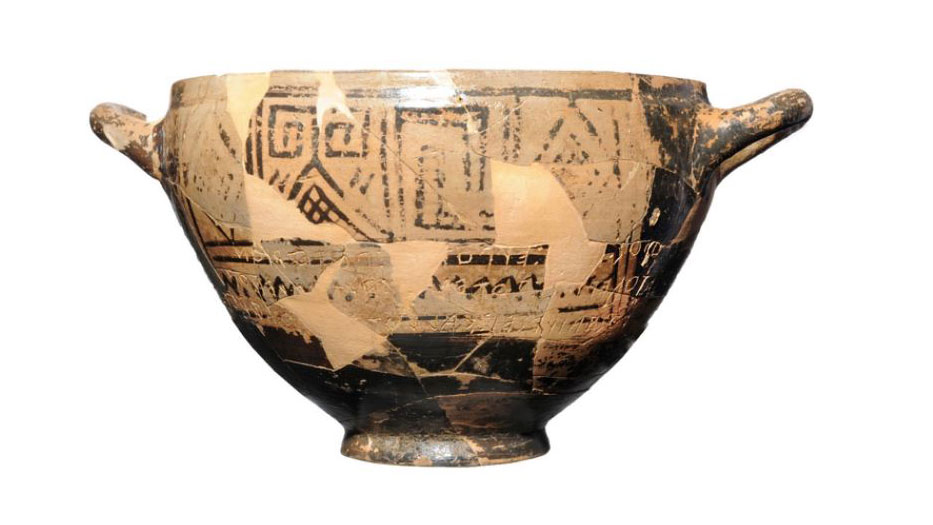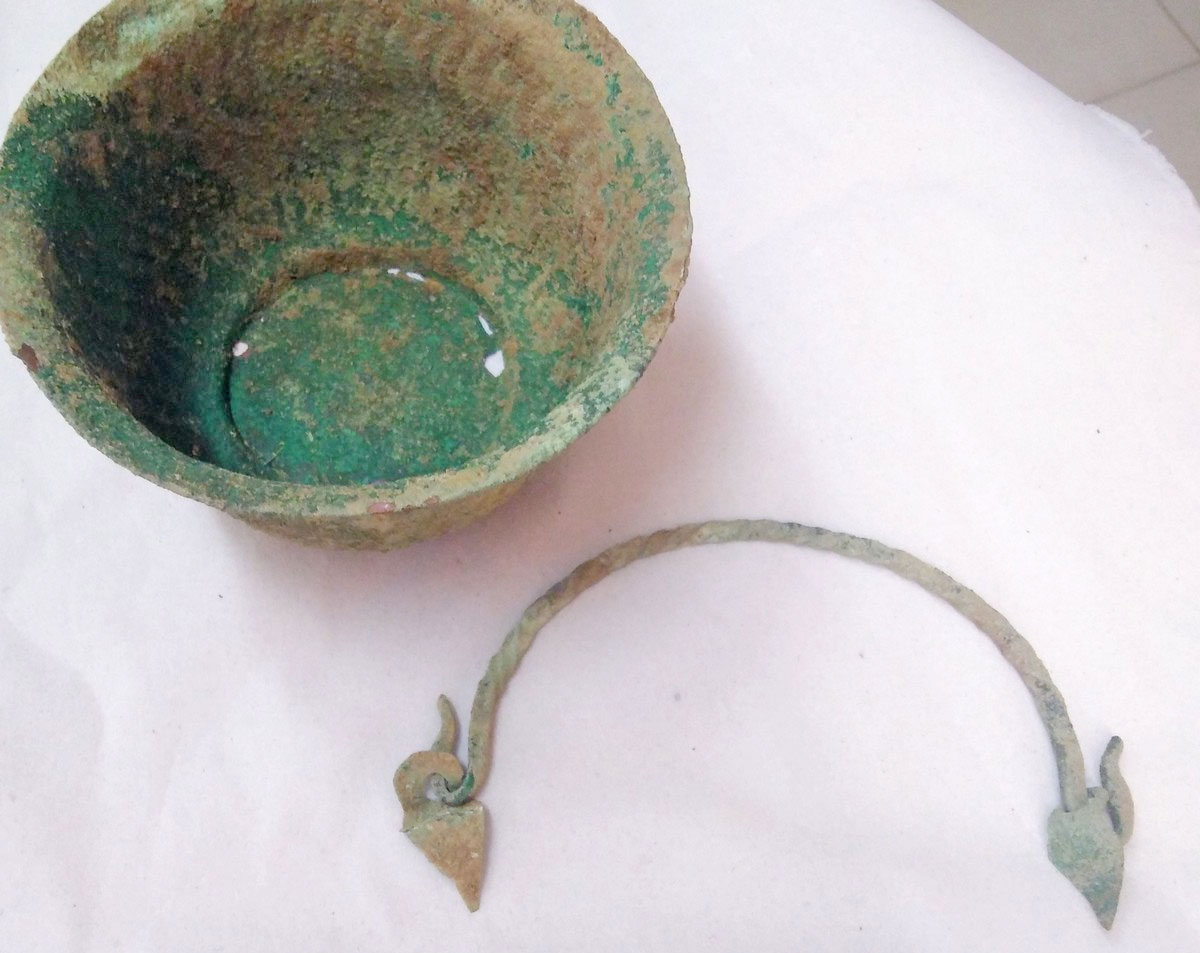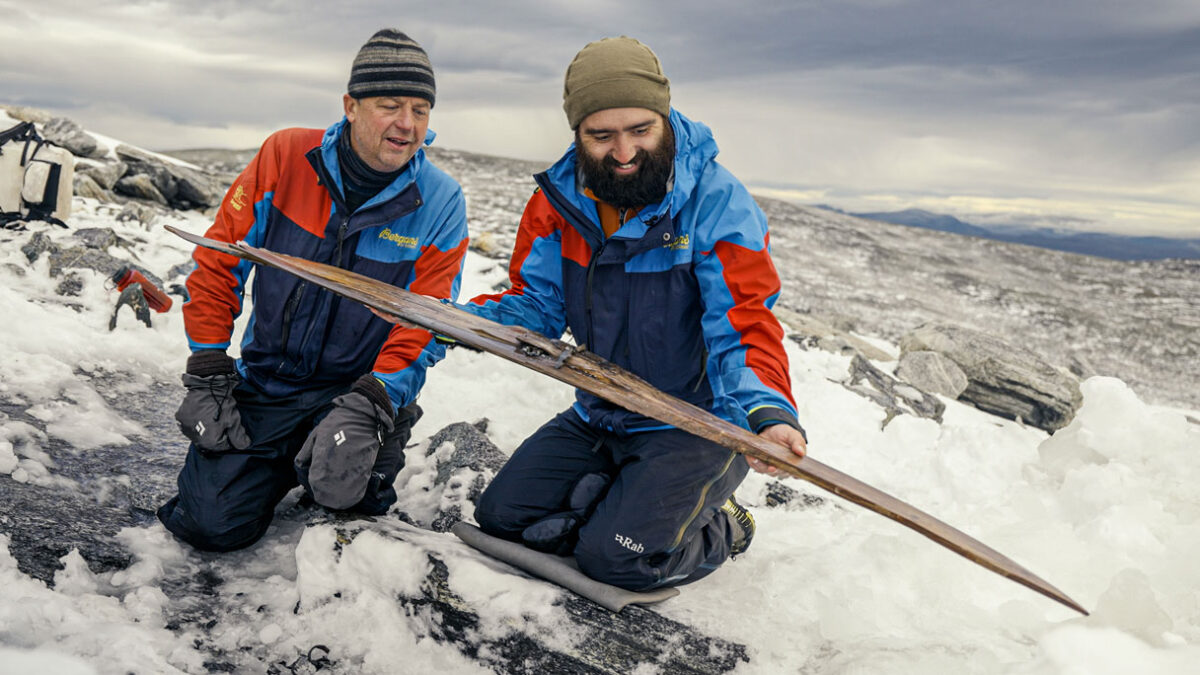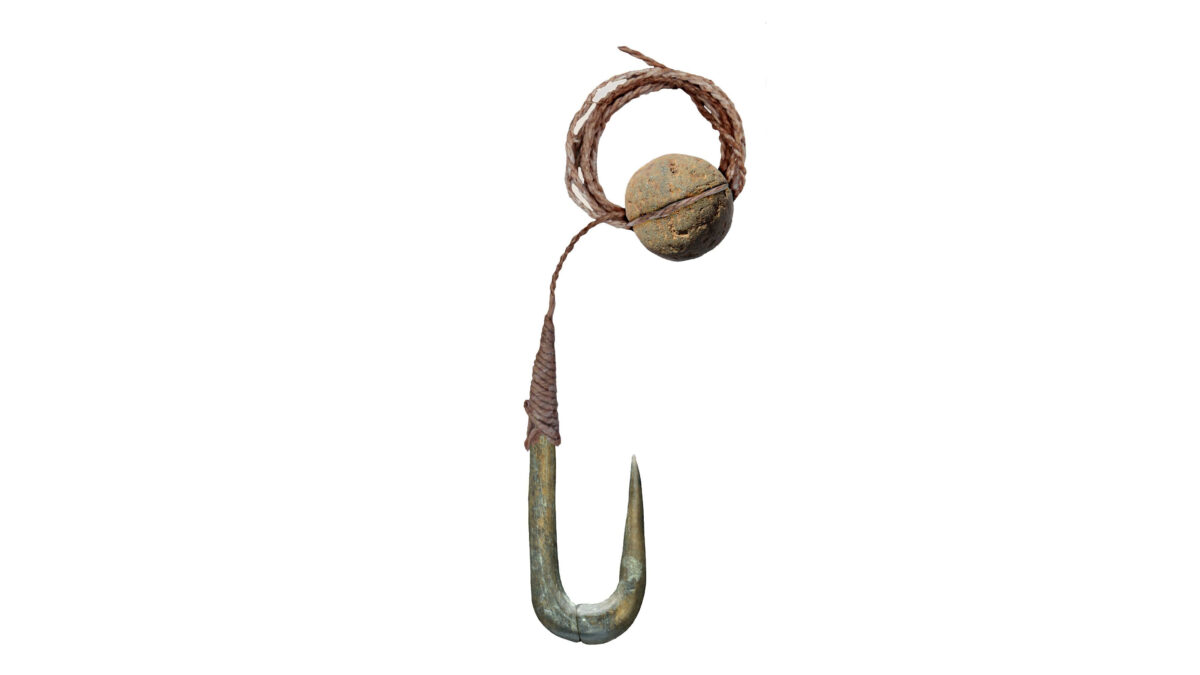€21.8m for The Balloon Girl
The “Balloon Girl” graffiti stenciled on a wall on the South Bank of London in 2002 was considered Britain’s favourite work of art.
Klimt paintings reconstructed by artificial intelligence
Google used artificial intelligence to add colour to the black-and-white photographs of these lost works by the painter.
Ancient driftwood tracks 500 years of Arctic warming and sea ice
A new study reconstructs the path of frozen trees as they made their way across the Arctic Ocean over 500 years, giving scientists a unique look into changes in sea ice and currents over the last half millennium.
900-year-old crusader sword found on seabed off Israel’s coast
Atlit resident Shlomi Katzin was scuba diving last Saturday (16 October 2021) off the Carmel coast, when he was amazed to discover ancient artifacts on the seabed..
Prehistoric habitation layer unearthed at Ioannina
This is an excavation assemblage which offers valuable data regarding habitation in the lakeside areas of the Ioannina basin.
Early modern human adapted to a rainforest environment
New insights into the diet of our species' earliest member in the tropical rainforest of Southeast Asia.
Giant sloth that once roamed South America scavenged for meat
A giant ground sloth that once roamed South America occasionally broke its plant-based diet to eat meat, researchers have found.
Archaeologists discover unique 3,000-year-old golden bowl with sun motif
A Polish archaeologist has made ‘the discovery of his life’ after finding a unique 3,000-year-old gold bowl decorated with a sun motif.
Head from Roman period pulled up from the sea off Preveza
It is a portrait bust probably from the period of Antoninus or Severus (2nd-3rd century AD).
Poussin and the Dance
In this exhibition, Poussin’s paintings and drawings of dance will be shown alongside the antique sculpture he studied, inviting you to trace the evolution of his ideas from marble to paper to paint.
Tucked-away marble quarries discovered as source for Archaic Apollo
A geoarchaeologist believes he found the source of marble for a statue of Apollo on the Greek island of Delos.
Evi Touloupa has passed away
"Evi Touloupa’s name is linked with the history of Greek archaeology in the last decades of the 20th century," said Minister of Culture and Sports Lina Mendoni.
“Farewell” to Thanasis Kalpaxis
Thanasis Kalpaxis contributed significantly to the consolidation and growth of the Institute of Mediterranean Studies of the Institute of Technology and Research.
Onassis Classics Fellowship
The Onassis Foundation is endowing a fellowship for the creation of a permanent new Classics Studies teaching position.
Massive and Impressive Wine Factory is Exposed in Israel
The huge 1,500-year-old industrial estate has been uncovered in archeological excavations conducted by the Israel Antiquities Authority.
Easter Island glyphs on boomerang-shaped wood
A 3D model of a unique tablet covered with mysterious Easter Island glyphs has revealed symbols previously invisible to the human eye.
Oldest footprints of pre-humans identified in Crete
Six million year old fossilized footprints on the island show the human foot had begun to develop.
A Fabergé egg, lost for decades, to be exhibited
In view of the V&A‘s opening of the next big exhibition of "Fabergé in London: Romance to Revolution", the Museum announced that it has acquired the long-lost Third Imperial Egg.
Kythnos 2021: the new finds
This season’s work focused on the excavation of buildings on the acropolis of the ancient city.
The climate-driven mass extinction no one had seen
A new study reports on an extinction event that followed the transition between the geological periods called the Eocene and Oligocene.
Multiple individuals are buried in the Tomb of Nestor’s Cup
Morphology and histology of the cremated remains reveal at least three humans alongside animal remains.
Cist grave uncovered in Nea Styra
Inside, three Burials in successive layers (a, b and c) were discovered and examined, as was one recovery of human remains.
A 1,300-year-old wooden ski found in Norwegian ice
After seven years ago, archaeologists unearthed the other half of the 1,300-year-old pair on Digervarden Mountain in southern Norway.
Line and hook fishing techniques in Epipaleolithic Israel
Humans in the Middle East were using complex fishing tools and techniques by 12,000 years ago, according to a study.


